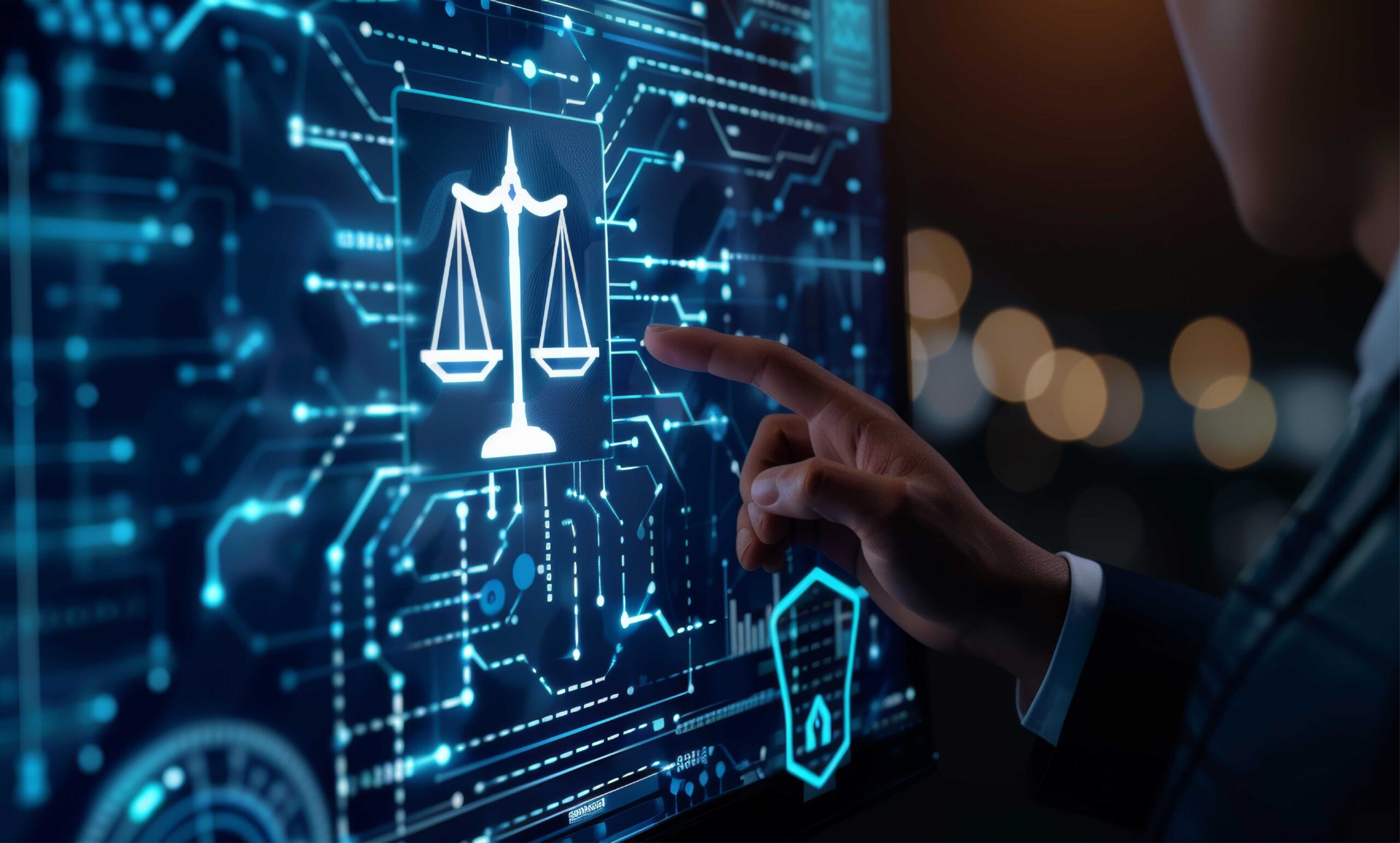Artificial Intelligence (AI) is transforming compliance processes by helping legal teams detect risks, improve accuracy, and ensure operational efficiency.
Consider this scenario: the average human reads about 200 words per minute. Now imagine a client arrives at 15:28 with a lawsuit consisting of 43 pages—roughly 13,000 words—that must be read, answered, and filed before the courts close at 17:00. Failure to respond on time could mean the automatic acceptance of the opposing party’s claims. Clearly, no human lawyer could reasonably process that amount of information in such a short time. AI, however, can “read” up to 30,000 words per minute, making the impossible achievable.
While this situation may not have happened to you exactly, it illustrates the urgency and pressure legal professionals often face. In many cases, AI has become the critical support system needed to meet client expectations and ensure compliance.
AI capabilities in the legal environment
As shown above, AI’s capabilities far exceed human limitations in certain areas. Beyond text analysis, AI can draft short documents, conduct online research within seconds, translate content across multiple languages, generate images, convert files, and even learn user preferences. In essence, it integrates the functions of multiple professionals and software tools into one powerful solution—delivering speed, accuracy, and convenience.
Moreover, advanced AI systems can adapt to user-specific patterns, writing styles, and legal terminology. Over time, they can be trained to recognize official sources, identify the ratio decidendi of judicial rulings, and apply professional legal language. While not all AI models have this capacity, those that do offer a remarkable advantage to lawyers seeking reliable support in complex cases.
But it’s not all sunshine and rainbows
Despite its impressive potential, AI is far from flawless, especially in the legal field. At times, when asked to retrieve specific laws or rulings, some AI systems have been known to generate inaccurate or entirely fabricated references. In practice, this can mislead professionals and create unnecessary risks.
Additionally, AI’s analysis is only as strong as the data it is trained on. If it lacks sufficient context or detail, the results may be oversimplified and miss the nuances that skilled lawyers would immediately notice. In legal practice, even the smallest detail, sometimes a single word can dramatically alter the meaning of a contract or the scope of an obligation.

Striking the Balance: Not Too Hot, Not Too Cold
AI is reshaping industries worldwide, and law is no exception. However, moderation is key. On one hand, rejecting AI entirely would mean wasting valuable time reviewing documents word by word, searching manually through books, or combing court databases one case at a time. On the other hand, relying exclusively on AI to draft lawsuits or interpret rulings is equally problematic.
The best approach is to treat AI as what it truly is: a tool. It can conduct the initial review, highlight key points in contracts, identify relevant precedents, or suggest appropriate wording. But the final judgment, interpretation, and validation must always come from a legal professional who understands the context, applies critical thinking, and ensures accuracy.
Conclusion
AI is a powerful ally in the legal profession. It saves time, enhances accuracy, and improves efficiency. Yet it must always be supervised and guided by a qualified lawyer. AI should be treated like a law student working as a paralegal—capable of handling supporting tasks and accelerating processes, but never replacing the expertise of an attorney in complex decision-making.
The real skill lies in knowing how and when to use AI, as well as how to evaluate whether its output is correct, incomplete, or misleading. Used responsibly, AI becomes an indispensable partner in modern legal practice.
So here’s the question for you, the reader: was this very article written entirely by AI, partially by AI, or not at all? The debate is worth having.
.


